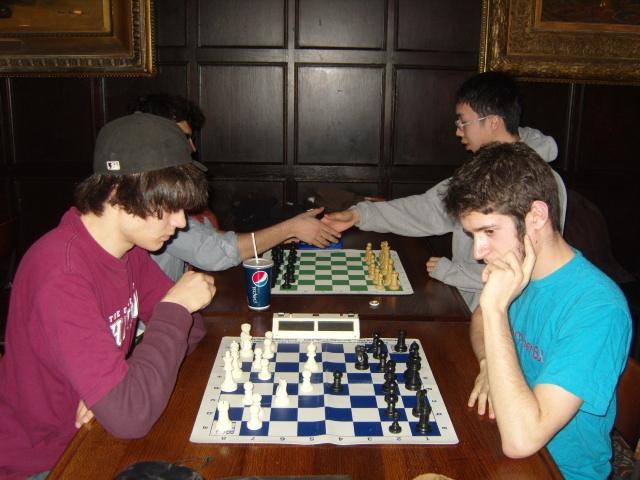
Closed Sicilian - Learning From My Games
Hi chess friends,
The games in this post are most of the contents of a lesson I taught yesterday on what to look for when playing the Closed Sicilian for white. It was my main answer to the Sicilian when I was a kid and I used it to beat my first 1800+ rated opponent and draw with my first master. Eventually I switched away from the opening and started playing mostly 1.d4. I now only play the Closed Sicilian in casual games, but the attacking ideas learned in this opening continue to be helpful on either side of English Opening lines, in King's Indian structures and surprisingly often from some Ruy Lopez variations. For study material on the closed Sicilian, I recommend looking at the games of World Champion Spassky, but I can't teach anything about his games, that isn't available in other forms (Garry Kasparov's my Great Predecessors book on Spassky and Petrosian has some great Closed Sicilian Games). Here are a few of my own games, demonstrating what I've learned playing the opening.
Once white has castled and completed development, he needs some way to break open the position in order to attack. This is ususally carried our by one of two pawn breaks, f4-f5, or e4-e5.
Attacking Idea #1: Break through with f4-f5
f4 - f5 is often a sacrifice, as black frequently covers that square with at least one pawn, as well as a bishop and knight. In return white can trade off black's g6 pawn to expose black's king. White also benefits from opening the f-file, the h1-a8 diagonal and clearing the e4 square for the bishop or knight. Over the years I've played a few variations on the following game.
Attacking Idea #2: Breaking through with e4-e5
The e5 break is similar the f5 break in that it often sacrifices a pawn, while freeing many pieces. If black takes on e5 with the d6 pawn, and after white recaprues from f4, black takes again on e5, white has opened the f-file for the rook, the h1-a8 diagonal for one bishop, the c1-h6 diagonal for other bishop and will probably use e4 for a knight. This can easily lead to a strong attack. In the game below it led to one of the most spectacular moves of my chess career.
Wasn't that fun?
Epilogue:
Even though I havne't had a tournament game Closed Siclian in years, the following recent game is a good example of similar attacking ideas cropping up in a completely different opening. I don't think that I would have won this game without having played the Closed Sicilian as a kid.
Thanks for reading!